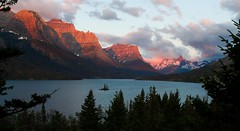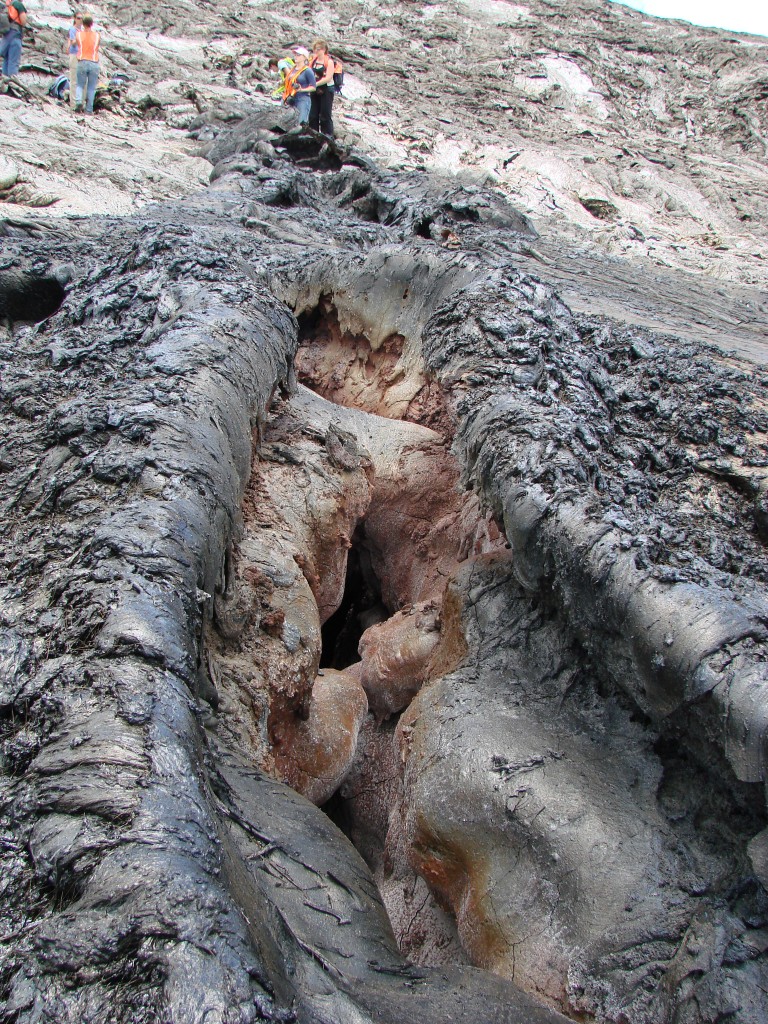BTW, I've been repeatedly distracted from my efforts on Salt Creek Falls this afternoon, but I'm hoping to have that up before I go home.
Is This Your Hat?
11 years ago
Miscellaneous thoughts on politics, people, math, science and other cool (if sometimes frustrating) stuff from somewhere near my favorite coffee shop.
 Marys Peak, Oregon: a fore-arc uplift of seafloor basalt overprinted with oceanic plateau basalt, topped with a frosting of deep-water turbidites, then intruded and capped with a gabbroic sill.
Marys Peak, Oregon: a fore-arc uplift of seafloor basalt overprinted with oceanic plateau basalt, topped with a frosting of deep-water turbidites, then intruded and capped with a gabbroic sill.
 Silver Fox swoons over the luscious curves of cross bedding in the Navajo Sandstone. She's not the only one: I've seen quite a few posts on this sexy sand over the last few weeks.
Silver Fox swoons over the luscious curves of cross bedding in the Navajo Sandstone. She's not the only one: I've seen quite a few posts on this sexy sand over the last few weeks. Fellow traveler Dana Hunter's post wasn't easy to pigeon-hole: she ran the gamut in Earth Erotica. "My non-geo friends don't get dry mouths and pounding hearts when passing road cuts. Sometimes, I think they're blind to beauty. Unclothed rocks are some of the most beautiful sights on earth."
Fellow traveler Dana Hunter's post wasn't easy to pigeon-hole: she ran the gamut in Earth Erotica. "My non-geo friends don't get dry mouths and pounding hearts when passing road cuts. Sometimes, I think they're blind to beauty. Unclothed rocks are some of the most beautiful sights on earth."
 And for our final entrant in this category, Anne Jefferson at Highly Allochthonous shows off some seductive pahoehoe curves during a visit to the Galapagos Island earlier this summer. She also shares some sexy sand, and ends with a provocative shot of an utterly nude sunbather.
And for our final entrant in this category, Anne Jefferson at Highly Allochthonous shows off some seductive pahoehoe curves during a visit to the Galapagos Island earlier this summer. She also shares some sexy sand, and ends with a provocative shot of an utterly nude sunbather.  Ian Stimpson of Hypo-theses was the first to respond to the call for posts, but apparently misunderstood the topic. He thought I was demanding, like a drunken reveler, "Show us your cleavage!"
Ian Stimpson of Hypo-theses was the first to respond to the call for posts, but apparently misunderstood the topic. He thought I was demanding, like a drunken reveler, "Show us your cleavage!" Count on Jessica Ball of Magma Cum Laude to get us all hot and bothered with shots of a recent fissure eruption in Hawaii. No comment on what resemblance I first saw in the picture below.
Count on Jessica Ball of Magma Cum Laude to get us all hot and bothered with shots of a recent fissure eruption in Hawaii. No comment on what resemblance I first saw in the picture below. Anne of Anne's Musings on Geology and Other Things gets bent out of shape by Big Bend National Park: "To me this place seems to have it all, and that is why I muse upon Big Bend being such a geologically sexy place to visit" .
Anne of Anne's Musings on Geology and Other Things gets bent out of shape by Big Bend National Park: "To me this place seems to have it all, and that is why I muse upon Big Bend being such a geologically sexy place to visit" . 

 My own entry is the beautiful warm glow of the Pinnacles at Crater Lake National Park. As an aside, I had intended as I started that post to get at some of the science of that spot. However, as I surveyed the debris from the landslide of innuendo and double-entendre in that post, I decided to let the science stand at a dignified distance. I'll get back to it later.
My own entry is the beautiful warm glow of the Pinnacles at Crater Lake National Park. As an aside, I had intended as I started that post to get at some of the science of that spot. However, as I surveyed the debris from the landslide of innuendo and double-entendre in that post, I decided to let the science stand at a dignified distance. I'll get back to it later.

 And Callan at Mountain Beltway suggested I just link the post I used as an outstanding exemplar of Sexy Geology in the original call for posts: fossils and structures in the vicinity of Swift Dam.
And Callan at Mountain Beltway suggested I just link the post I used as an outstanding exemplar of Sexy Geology in the original call for posts: fossils and structures in the vicinity of Swift Dam.
 Another first-time participant, Narnian Rockhound at Earth-Like Planet, posts on a world-class mineral area, the Bancroft district in Ontario, Canada. Having visited a number of sites in the area myself, I whole-heartedly concur with this sexy nomination.
Another first-time participant, Narnian Rockhound at Earth-Like Planet, posts on a world-class mineral area, the Bancroft district in Ontario, Canada. Having visited a number of sites in the area myself, I whole-heartedly concur with this sexy nomination.
